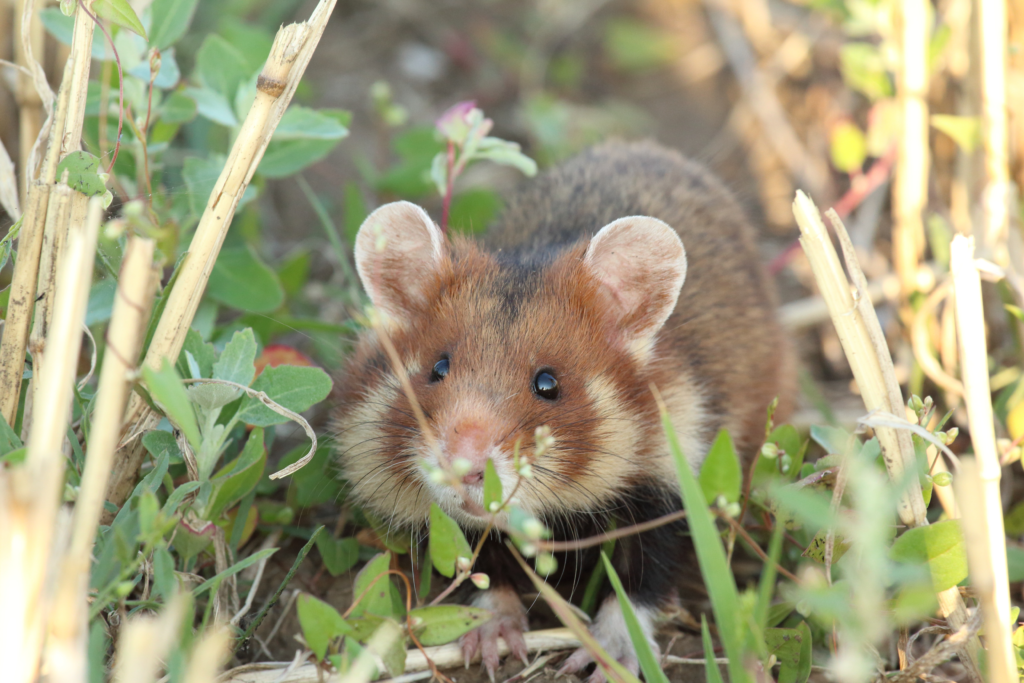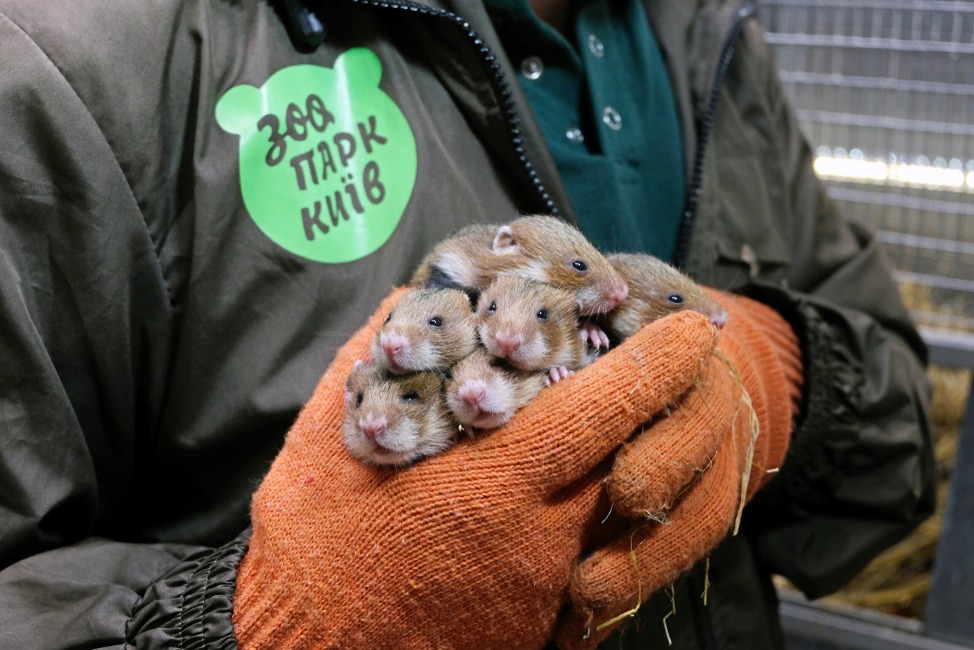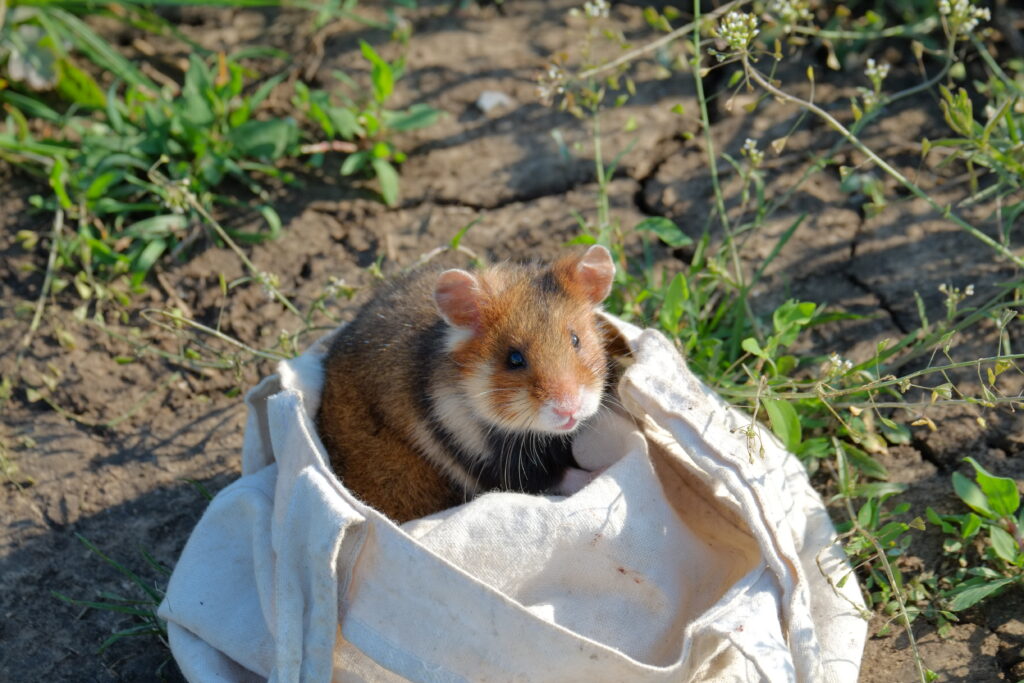This week features another guest blog post by new Director of Field Conservation Peter Zahler!
In my time as a conservationist I’ve had the great pleasure of working in two of the world’s most magnificent temperate grasslands – the Pawnee National Grasslands in Colorado, and the Eastern Steppe of Mongolia. These huge, rippling grasslands stretch to the horizon and beyond. They are both rich in wildlife, from pronghorn (Pawnee) and Mongolian gazelle (Eastern Steppe) to a huge number of small mammals, including badgers (American and European) and numerous rodents of all sorts, including the impressive jumping kangaroo rats (Pawnee) and jerboas (Eastern Steppe).
What most people don’t know is that temperate grasslands are also the most threatened ecosystems on earth, and already the most damaged. Over 50% of temperate grasslands have been completely lost, mostly to agriculture, while much of the rest is heavily damaged by overgrazing. The delicate balance of temperature and precipitation that keeps grasslands filled with grass, rather than with trees or desert scrub, is further imperiled by our rapidly changing climate.
Temperate grasslands are also known for their keystone species, animals that have a significant impact across the ecosystem. When bison roamed America’s temperate grasslands in the tens of millions, they were an obvious keystone species, altering plant communities, soil composition, and providing enormous amounts of protein to wolves and scavengers. Smaller animals can also serve as keystone species, including the American prairie dog, which can also alter plant communities and soil composition with their digging, and whose burrows provide hiding and breeding places for other animals ranging from burrowing owls to snakes, lizards, and even toads and salamanders.
The Central European temperate steppe ranges across Hungary, Bulgaria, Romania, Moldova, Ukraine, and western Russia. Once covering almost a million square kilometers, much of it has also been lost to agriculture. A keystone species for this grassland was the European hamster (Cricetus cricetus), a close relative of the golden or Syrian hamster you can buy in most pet stores. The nocturnal European hamster is similar in color pattern but almost twice as big, roughly the size of a small guinea pig. In the wild its burrows could once be found across the steppe grasslands, and it served as food for a range of predators, from the steppe polecat and Corsac fox to eagle owls, snakes, and other species.

Sadly, in recent years the European hamster’s status has gone from Vulnerable (IUCN, 2008) to being listed as Critically Endangered in 2019 – a single short step away from going extinct in the wild. In an effort to save some of the last dwindling populations of this small mammal, the Center for Breeding and Conservation of Endangered Species at the Kyiv Zoo in Ukraine has been running a project on the captive breeding and reintroduction of European hamsters. A recent survey indicated a population decline within Odessa Province of 90% from 2017 to 2021. These populations are now the only ones left of the European hamster’s Black Sea lineage.

Because of the Russian invasion of Ukraine and the subsequent conflict, the 2022 breeding season at the Kyiv Zoo was missed, leaving an aging population of hamsters in the breeding colony. As well, one of the zoo’s partner organizations has been unable to continue participating. However, a new partner has been found, and the team is hoping to find the remaining hamsters of this lineage before they finally go extinct. If successful, they will take these representatives to the breeding center for captive breeding and release the progeny back to the wild for reintroduction and re-establishment of sustainable populations of this important steppe species.

Zoo New England is proud to be supporting this initiative through our Emergency Conservation grant funds. With this support, the Ukrainian team will have the resources necessary to continue the program to breed and reintroduce this Critically Endangered species.
